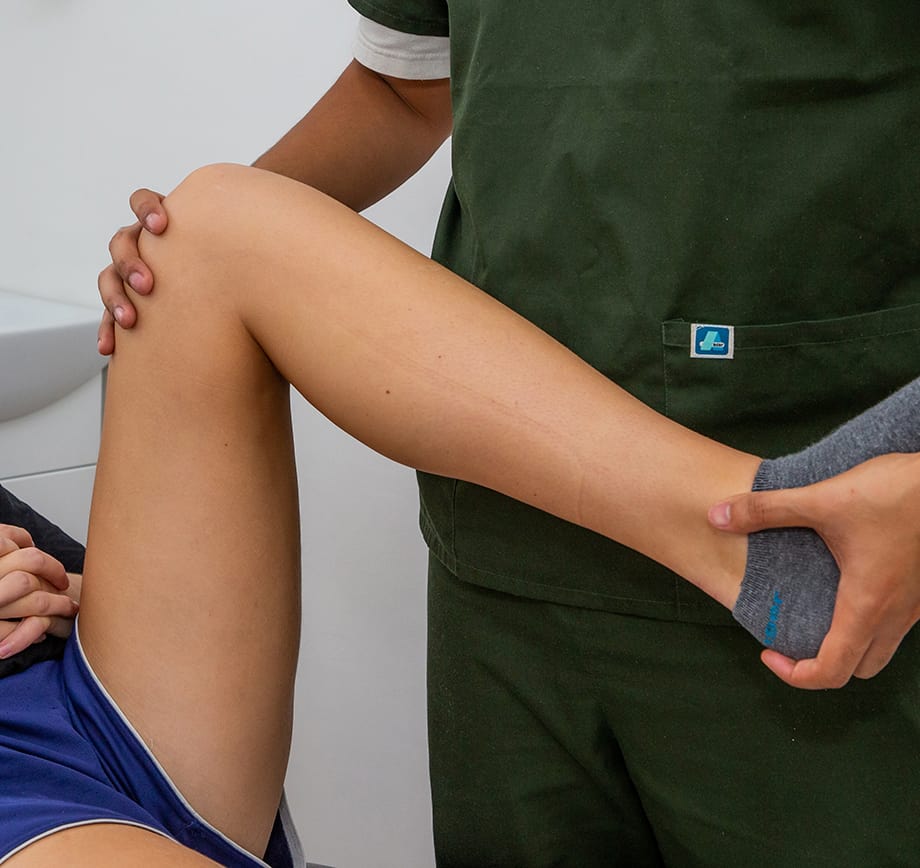The need for surgery depends on many factors, including the specific diagnosis,
severity of the condition, your age, activity level, and response to
conservative
treatment. The good news is that many knee conditions can be successfully
managed
without surgery.
Conditions that often respond well to non-surgical treatment:
- Patellofemoral pain syndrome: Typically manages well with
physical therapy, activity modification, and addressing biomechanical
factors
- Mild to moderate osteoarthritis: Often improves with
exercise,
weight management, and appropriate activity modification
- Patellar tendinopathy: Usually responds to progressive
loading
programs and activity modification
- IT band syndrome: Typically resolves with appropriate
stretching, strengthening, and addressing running mechanics
- Small, stable meniscus tears: Many can be managed
conservatively, especially in older adults
- Grade I and II ligament sprains: Often heal well with
proper
rehabilitation
Conditions that may more commonly require surgical intervention:
- Complete ACL tears: Particularly in younger, active
individuals
or those with significant instability
- Large or unstable meniscus tears: Especially those causing
mechanical symptoms like locking
- Advanced osteoarthritis: When conservative measures no
longer
provide adequate pain relief or functional improvement
- Significant cartilage damage: Some cases may benefit from
procedures to restore or regenerate cartilage
- Patellar instability: Recurrent dislocations may require
surgical stabilization
The conservative-first approach:
At Holistic Healthcare Clinics, we generally recommend trying appropriate
conservative treatment before considering surgery for most knee conditions. This
typically includes:
- Targeted physical therapy to address strength, flexibility, and movement
patterns
- Activity modification to reduce stress on injured structures
- Appropriate use of bracing or supports when indicated
- Pain management strategies including modalities and sometimes medications
- Addressing contributing factors such as footwear, training errors, or
workplace
ergonomics
Even when surgery is eventually needed, pre-surgical rehabilitation (prehab) can
improve outcomes by optimizing strength and function before the procedure.
After a thorough assessment, our specialists can discuss whether your condition
is
likely to respond to conservative care or if surgical consultation might be
appropriate. If surgery is indicated, we work closely with trusted orthopedic
surgeons and provide comprehensive post-surgical rehabilitation to ensure
optimal
recovery.


